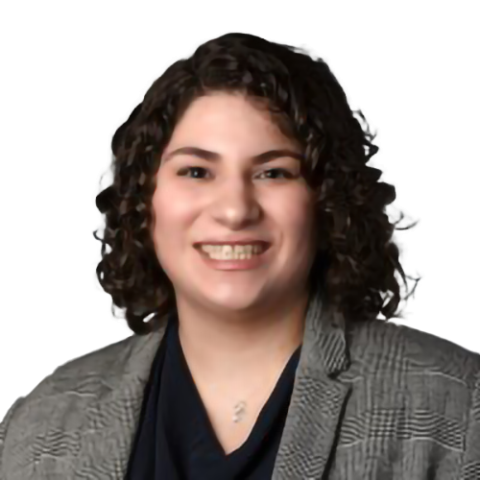Hands-On Workshop: Designing a Digital Twin
The Designing a Digital Twin Workshop on Dec. 11 is now full
Operations and maintenance costs represent a significant portion of the total lifecycle costs of buildings and infrastructure projects. To optimize these costs and improve the efficiency of asset management, the architecture, engineering, construction and operations (AECO) industry is increasingly turning to digital twins (DTs).
A digital twin of an asset is a fit-for-purpose virtual representation of it synchronized at specific frequencies, with an existing or planned connection between the virtual and physical twin. As the adoption of DTs gains momentum in the AECO sector, there is a growing need for a structured approach to designing and implementing DTs that aligns with the unique operational requirements of buildings and infrastructure.
This workshop introduces a structured procedure for DT design and implementation tailored to the AECO industry. It includes a step-by-step guide for designing a DT. Participants will understand the critical factors involved in creating a DT, such as data integration and the alignment of DT functionalities with desired goals and use cases. The workshop will start with an introduction to DTs, highlighting their potential to revolutionize the AECO industry by providing stakeholders with enhanced insights into asset management and enabling proactive decision-making.
Following this overview, the structured procedure for designing a DT will be presented, detailing key steps, such as requirements analysis, system architecture design, and integration with existing building systems.
Participants will be able to interact and apply the presented framework to design a DT for a building or infrastructure project. Working in small groups, attendees will use a design thinking approach to develop their DT design plans, emphasizing user-centricity, iterative development, and collaborative problem-solving. Each group will go through iterations, refining and enhancing their design. This exercise will not only provide practical experience but also encourage participants to think critically about the challenges and opportunities associated with DT implementation in real-world scenarios.
The workshop will end with a collaborative discussion where participants share their design plans and reflect on the lessons learned throughout the process. Insights gathered from this discussion will help to refine the proposed DT design procedure further, contributing to the development of a best-practice framework that can be adopted across the AECO industry.
By the end of the workshop, participants will have a clear understanding of a structured approach to DT design and implementation, along with practical tools and strategies to apply in their professional practice. The refined process will serve as a valuable resource for professionals looking to leverage DTs to have a more sustainable and resilient practice. This workshop is ideal for professionals in the AECO industry, including architects, engineers, and owners, who are interested in exploring the potential of DTs and developing a strategic approach in their practice.
Learning Objectives
- Understand the role and potential of DTs in the AECO industry: participants will learn about DTs, their characteristics, and a high-level review of potential use cases
- Gain knowledge of a structured process for designing DTs: attendees will become familiar with a step-by-step framework for designing DTs.
- Apply design thinking to develop a DT design plan: through interactive group work, participants will apply the structured procedure and use a design thinking approach to create a DT plan for a project, refining their ideas through iterative feedback.
- Develop practical strategies for implementing and maintaining DTs: participants will leave the workshop with practical tools, strategies, and a refined process for designing and maintaining DTs that they can apply directly to their professional practice.


